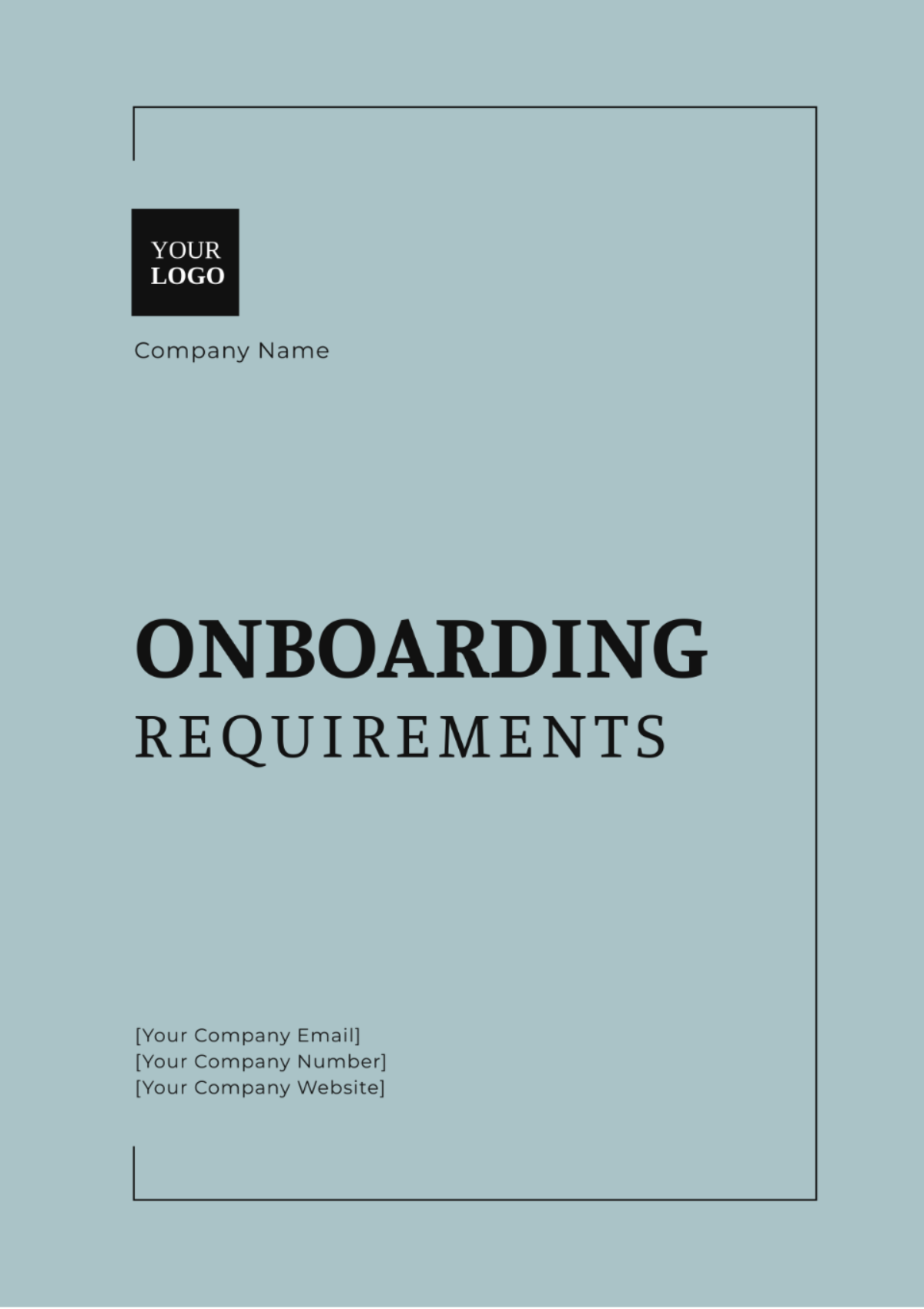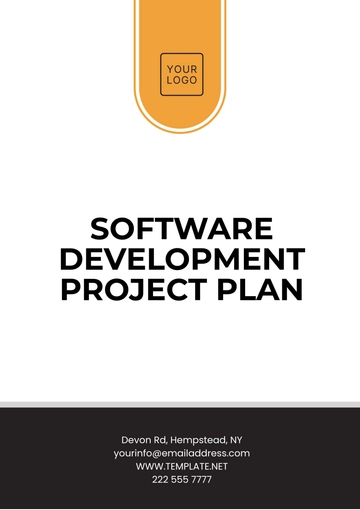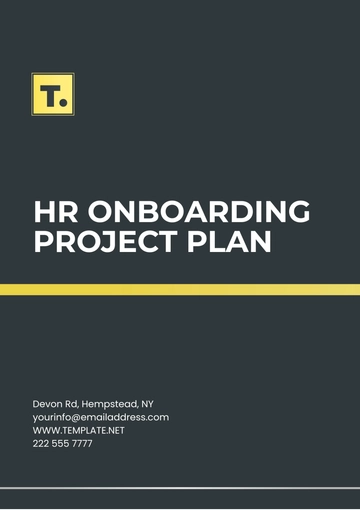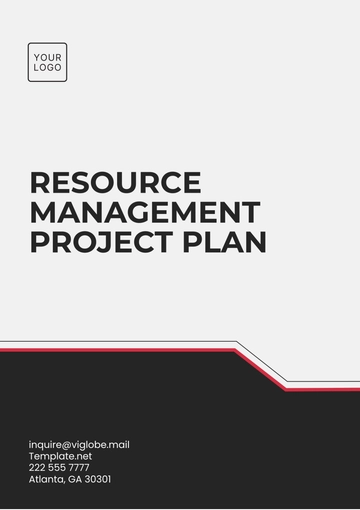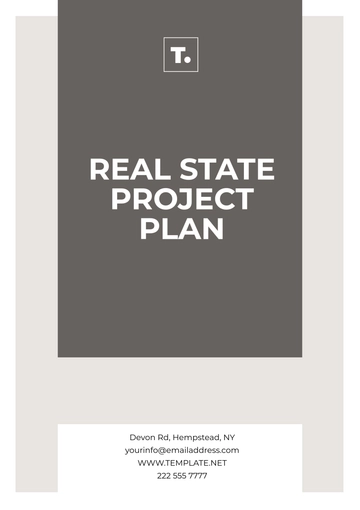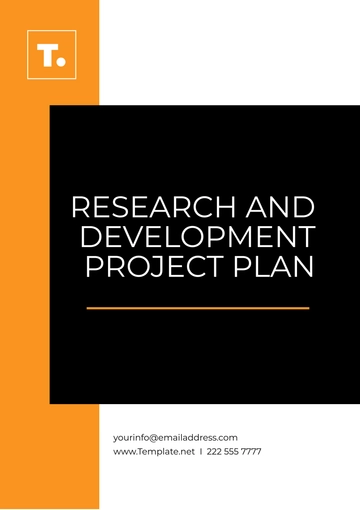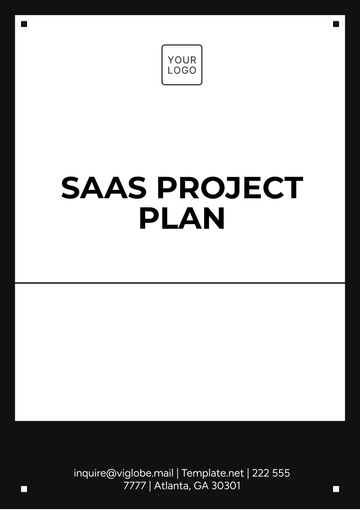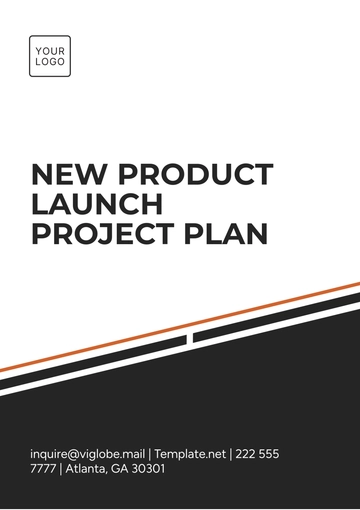Onboarding Requirements
Prepared By: [YOUR NAME]
Date: [DATE]
I. Introduction
The onboarding process is fundamental to smoothly incorporating new employees into our organization, and this document outlines the necessary steps, procedures, and resources to help new hires swiftly become effective and invested team members. We provide a thorough orientation and training program to help them understand our company culture, operations, and specific roles, to create a supportive environment that ensures their immediate success and long-term development in our organization.
II. Pre-Employment Preparation
Task | Details |
|---|
Required Paperwork | Complete all necessary forms, including employment contracts, tax forms, and benefits enrollment documents. |
Background Checks | Ensure background checks are completed and cleared before the start date. |
Equipment and Workspace Preparation | Assign and prepare necessary equipment (e.g., computer, phone) and workspace for the new employee. |
III. Orientation Schedule
Timeframe | Activity |
|---|
Day 1: Welcome and Introduction | Meet with HR and the hiring manager to discuss the onboarding plan. Presentation on company history, mission, values, and organizational structure. Guided tour of the office to familiarize the new hire with key areas and facilities. Introduce the new hire to their immediate team and key department members.
|
Week 1: General Training | Training on company policies, including workplace conduct, attendance, and remote work guidelines. Basic training on using company systems, including email, intranet, and any specific software. Introduction to the department’s functions, key projects, and team structure.
|
Week 2-4: Role-Specific Training | In-depth training on the new hire’s specific job responsibilities and tasks. Arrange meetings with key stakeholders and the team to understand roles and expectations. Shadowing experienced employees and participating in real work tasks under supervision.
|
IV. Role-Specific Training
Job Description Review: Discuss the new hire’s role in detail, including responsibilities, performance expectations, and key metrics, to ensure alignment with organizational goals.
V. Company Policies and Procedures
HR Policies: Summarize key HR policies, including attendance, leave, and remote work guidelines, to ensure new hires understand company expectations and their rights.
VI. Resources and Contacts
Key Contacts: List essential contacts, such as HR, IT support, and departmental heads, to guide new hires in seeking assistance.
Tools and Systems: Provide new hires with a summary of company tools and systems, including login information and user guides, to facilitate their rapid adaptation to the technology they will be using.
VII. Feedback and Evaluation
